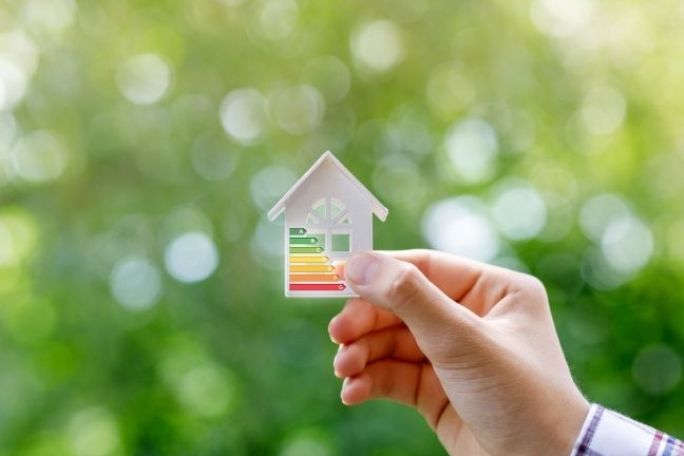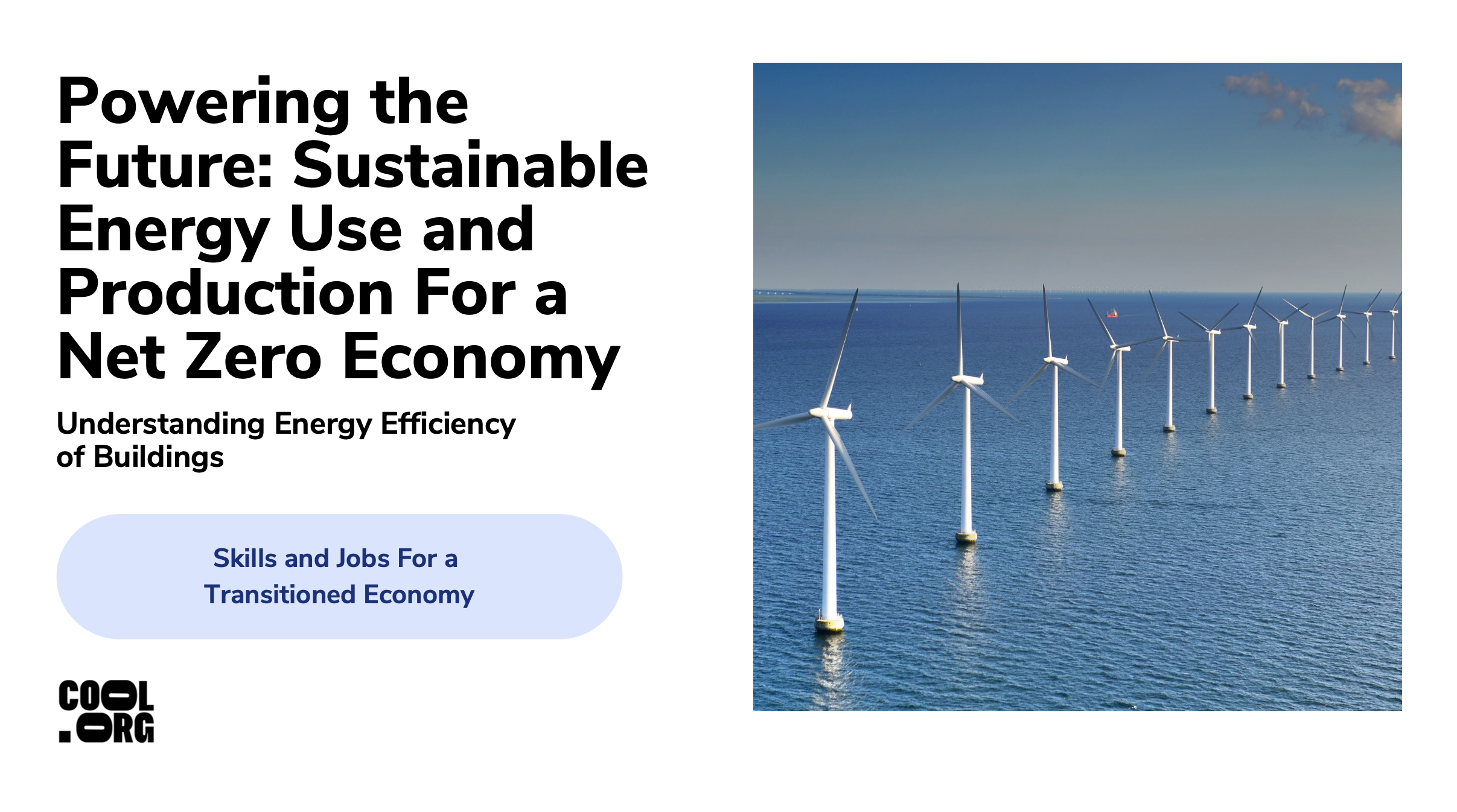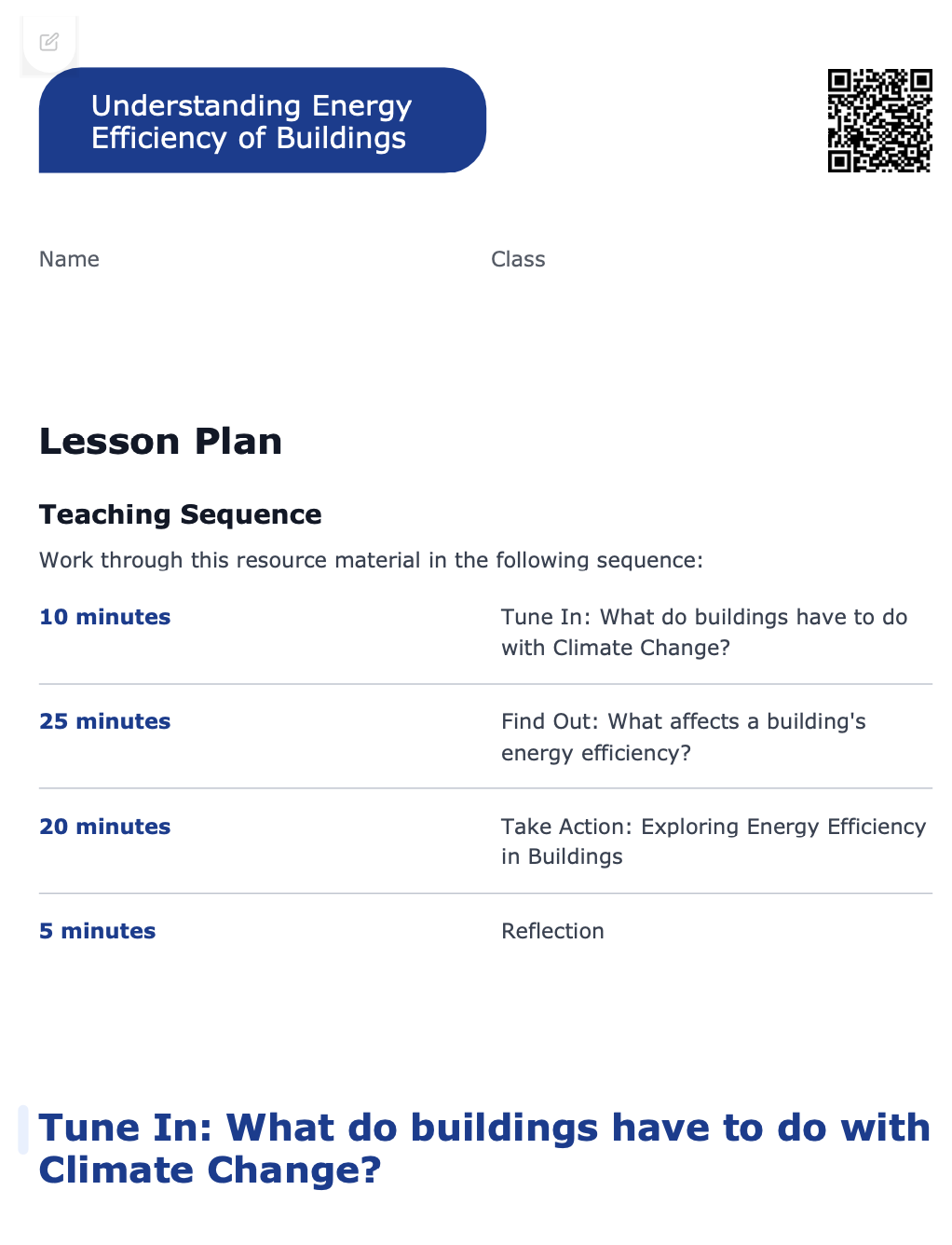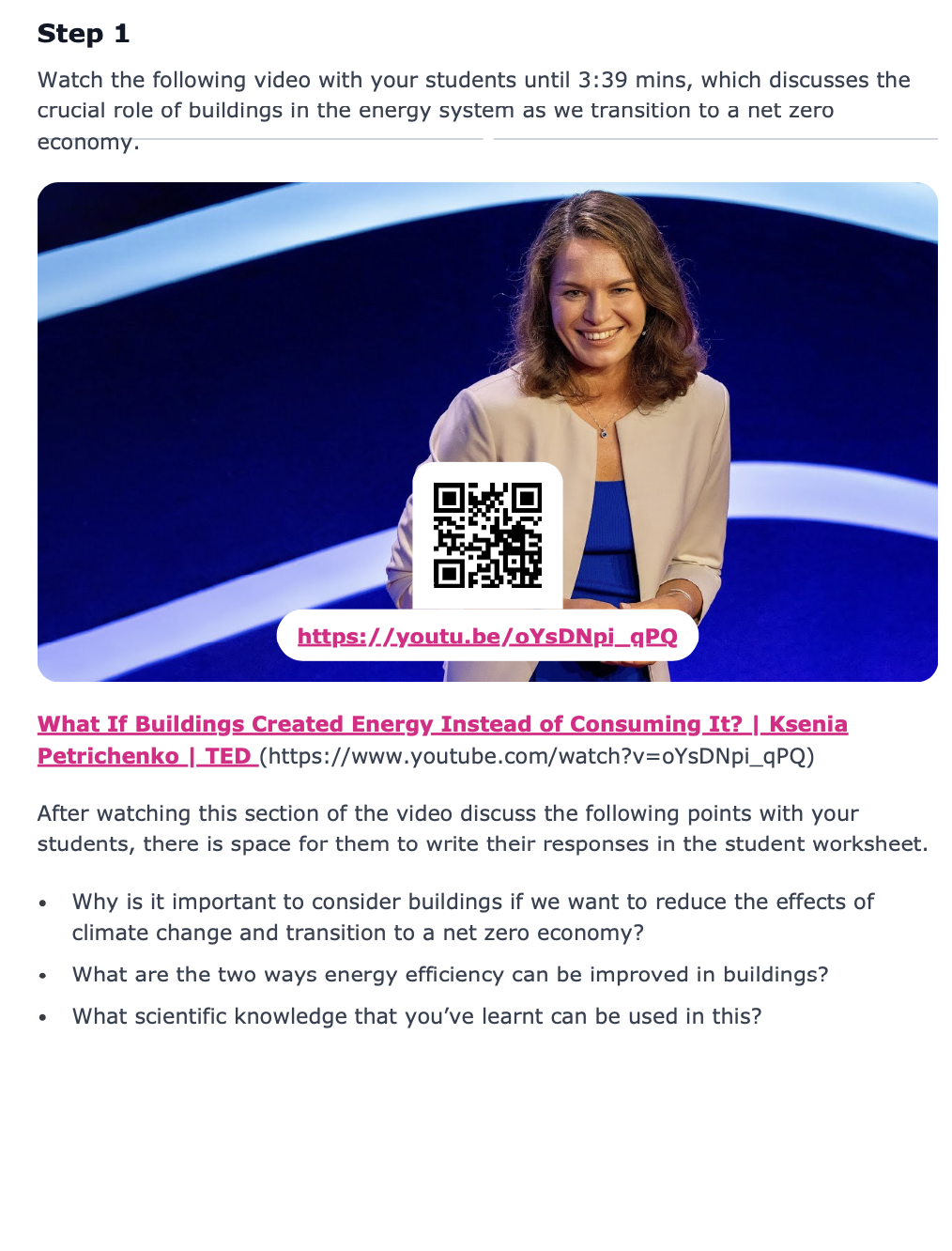Lesson summary
Students explore the significant impact of buildings on climate change and the journey toward a net-zero economy. They will investigate how buildings are given a star rating for their efficiency and what the various elements are that contribute to this rating while understanding the underlying scientific principles behind these concepts. They will gain insight into how these energy-efficient building concepts align with the growing need for environmentally responsible practices, opening up a world of potential careers as they prepare for the workforce of the future.
Learning intentions:
Students will...
- understand how building design and efficiency impact climate change and examine how the star rating system assesses building efficiency as well as identifying the scientific principles that underlie these criteria
- explore the interconnection between energy-efficient building elements and the escalating demand for eco-friendly practices while recognising the career opportunities emerging in the context of a sustainable workforce.
Success criteria:
Students can...
- describe the relationship between building design and climate change
- give examples of elements of building design that contribute to its energy efficiency and describe the scientific principles behind these elements
- analyse the star rating system for building efficiency, detailing the key factors that influence these ratings
- recognize the emerging career prospects related to sustainability and eco-friendly practices in the workforce of the future.
Lesson guides and printables
Curriculum links
Select your curriculum from the options below.
Lesson details
Skills
This lesson is designed to build students’ competencies in the following skills:
- critical thinking
- collaboration
- communication
- global citizenship
- problem-solving
Curriculum Mapping
Australian Curriculum (v9.0) content description: Year 9 Physics
- Apply the law of conservation of energy to analyse system efficiency in terms of energy inputs, outputs, transfers and transformations AC9S9U05
- investigate how advances in technologies enable advances in science, and how science has contributed to developments in technologies and engineering AC9S9H02
General capabilities: Critical and Creative Thinking, Personal and Social Capability
Syllabus outcomes: Stage 5: PW3
Cross-curriculum priority: Sustainability
Relevant parts of Year 9 Physics achievement standards: Students can analyse energy conservation in simple systems and apply wave and particle models to describe energy transfer and analyse the different ways in which science and society are interconnected.
UN Sustainable Development Goals
UN SDG 7: Affordable and clean energy
- 7.2 By 2030, increase substantially the share of renewable energy in the global energy mix.
- 7.3 By 2030, double the global rate of improvement in energy efficiency.
- 7.A By 2030, enhance international cooperation to facilitate access to clean energy research and technology, including renewable energy, energy efficiency and advanced and cleaner fossil-fuel technology, and promote investment in energy infrastructure and clean energy technology.
Resources Required
- Device capable of displaying audiovisual material
- Student devices for research
Additional Info
This unit of lessons, along with the other units in the Skills and Jobs For a Transitioned Economy package aim to teach students how to be climate solution entrepreneurs. These lessons will equip students with the relevant skills and knowledge of jobs and career pathways that will be able to sustain our economy once it has transitioned away from fossil fuels. Cool.org thanks our philanthropic partners, the Lord Mayor’s Charitable Foundation and Boundless Earth, for their generous contributions in helping us to create these resources.
Level of teacher scaffolding: Medium: Some explicit teaching required, facilitation of research and discussion





Welcome back!
Don't have an account yet?
Log in with:
Create your free Cool.org account.
Many of our resources are free, with an option to upgrade to Cool+ for premium content.
Already have an account?
Sign up with:
By signing up you accept Cool.org's Terms and Conditions(Opens in new tab) and Privacy Policy(Opens in new tab).